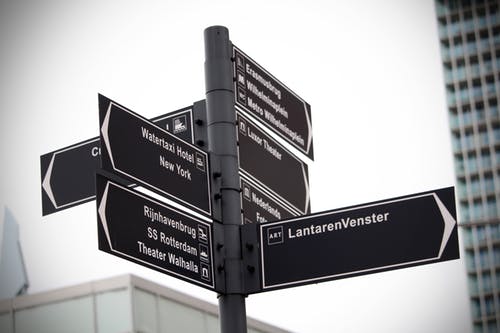“On the street where you live…”
- By Frederick Loewe and Alan Jay Lerner, from My Fair Lady
They try to fool you with some things, but we are much smarter than they give us credit for.
Me and Jimmy were figuring this out one evening. We figure a lot of things out on his back porch.
He lives on Albert Avenue. Right down the road, intersecting Youree Drive as Albert does, is Leo Avenue and Pennsylvania Avenue and a lot of other Lanes and Streets. Fine.
But what defines these names? How is an Avenue different from a Street and Drive and Boulevard and Road?
I was driven to find out.
By definition, an Avenue is “a public way that has buildings or trees on either side of it.” Good! Jimmy’s street/avenue has that.
But also by definition, a Drive, like Youree Drive, is supposed to be a “long, winding road that has its route shaped by its environment, like a nearby lake or mountain.” Bad! Because, ahem…correct me if I’m wrong, but there is no lake in the middle of Shreveport and the nearest “mountain” is Driscoll Mountain in Bienville Parish, which is 535 feet and, while the highest elevation above sea level in Louisiana, is no more of a mountain than the New York Jets, in their current form, are an NFL team. They are, but in name only. Look at the Jets standing by New England’s Patriots and you can plainly see, the Jets ain’t no mountain.
To back up what is an obvious Street/Lane/Boulevard Conspiracy we’ve uncovered, go a bit further south from Albert and you have Sandefur Drive, which runs parallel to Southfield Road, which turns into Pierremont Road — or Pierremont Road turns into Southfield Road — which, if you go west enough, turns into Hollywood Avenue which turns into Meriwether Road which turns into, of course, 70th Street. This is a psycho, multi-personality piece of asphalt.
In Monroe, Louisville Avenue is cut up by Streets — 4th Street, North 18th Street, etc. — and streets are defined as running perpendicular to avenues. Finally, they got it right! — at least until the Oliver Road intersection.
I once lived on the cozy and welcoming Briarhill Drive in Ruston, a “drive” not shaped by its environment (as it was supposed to be) but a drive shaped by where the other houses were. I turned off West Kentucky Avenue to get there. The Department of Transportation has not been able to explain to me why an Avenue intersects a Drive when it’s supposed to intersect a Street. I think that’s why, ultimately, I moved to another house. I couldn’t live with the lie anymore.
So while there are supposed to be definitions for “lane” and “drive” and “boulevard” and “street” — don’t get me started on Terrace and Court — and we could go on, let’s just say there is no rhyme or reason. There is a lot of pavement out there so I understand. I am, after all, just trying to get my mail.
Even the arts are in on the scam. Let’s take On The Street Where You Live, a song from a Broadway smash My Fair Lady and a hit for Vic Damone back in the day — “the day” being 1956 — and a hit for many others in the decade afterward.
Let me explain further how your address might be only the made-up whim of a guy who long ago worked for an urban planner in a hurry to get to lunch.
The guy in My Fair Lady is singing to a girl he really likes. He likes her like fat men like pizzas and like Eskimos like thick coats. He is all about this particular woman.
If you don’t believe me, then consider these lyrics:
“Are there lilac trees
In the heart of town?
Can you hear a lark in any other part of town?
“Does enchantment pour
Out of every door?
No, it’s just on the street where you live…”
This is a guy who would buy the girl a car, wash it once a week, get the oil changed every month, and rotate the tires twice a year.
My man is dug in.
But … does the object of his affection really live on a street?
Maybe yes, maybe no.Maybe she lived on a Boulevard, or a Drive, or even a Lane.
But the songwriter had to go with “street” because “On the boulevard where you live” would have been two beats too long, and because “on the drive where you live” is not as lyrical as “on the street where you live.”
“On the lane where you live” would work, especially alliteration-wise, but it is not as pedestrian as “street where you live.” And Broadway wants to appeal to the masses.
“Street where you live” was definitely the way to go.
But … does she really live on a street, “a public way that has buildings on both sides of it and runs perpendicular to avenues”?
Ultimately, why does he even care, if he’s in love? She could live in a cul-de-sac or in a treehouse or in Cell Block D. And I’ve wasted several hours thinking and writing about this, because why should I care either? I grew up in South Carolina and Dillion County.
On Route 1.
-30-
